Introduction
In today's competitive business landscape, identifying and addressing weaknesses is crucial for organizations aiming for longevity and success. By conducting a laser-focused examination of strategic assets and scrutinizing operational efficiency, financial health, and marketing strategies, companies can gain valuable insights into areas that need improvement. Additionally, consulting with stakeholders, monitoring customer complaints, benchmarking against competitors, and conducting a SWOT analysis can provide further clarity on weaknesses.
Once weaknesses are identified, organizations can implement improvement strategies, address leadership and culture issues, enhance operational efficiency, improve customer service, optimize technology and systems, and develop a strategic plan. By implementing changes and monitoring progress, businesses can fortify their weaknesses, leverage their strengths, and thrive amidst market and technological changes.
Why Identifying Business Weaknesses is Crucial
A laser-focused examination of a company's strategic assets can be a make-or-break factor for success. Insights from over 200 business launches highlight nine pivotal elements: Intellectual property, data, distribution networks, brand strength, financial health with robust cash flow, an innovative culture, strategic partnerships, and cutting-edge technology. Each of these assets forms a foundation for market breakthroughs.
Operational efficiency and supply chain management are the lifeblood of any organization. Both must be scrutinized to understand how well a company has adapted to market shifts, customer behavior, and new technologies. It's not just about resilience during disruptions but also about staying nimble and innovative.
Financial analysis is equally telling. A deep dive into financial statements reveals much about a company's health. Revenue growth, profit margins, cost control, and return on investments are not mere numbers; they're the narrative of a company's fiscal journey and inform crucial future decisions.
Turning towards marketing and customer engagement, it's essential to question the effectiveness of strategies employed. The success of marketing campaigns and the growth of the customer base are testaments to a company's ability to connect with its audience and meet its goals.
However, even the best strategies can falter without execution discipline. Toyota's Woven Planet venture is a cautionary tale of how a sound vision can be derailed by over-ambition and misalignment with corporate timelines. It underscores the importance of proper zone management and the necessity of aligning grand visions with practical execution steps.
In an era where sustainability and resilience are paramount, companies must scrutinize their operating models and adapt to changing landscapes. This requires listening intently to weak signals and anomalies that may indicate the need for strategic pivots. An organized process for listening, understanding, analyzing, and implementing change is indispensable.
Mergers, acquisitions, and business sales are intricate dances that don't always lead to the anticipated synergy. Execution is key, and without a robust process to guide these significant changes, even the promise of strength in numbers can fall flat.
In summary, the identification and analysis of business weaknesses, coupled with an appreciation of strategic assets, is essential for any organization aiming for longevity and success. This approach ensures a company can not only navigate but also thrive amidst the relentless waves of market and technological change.
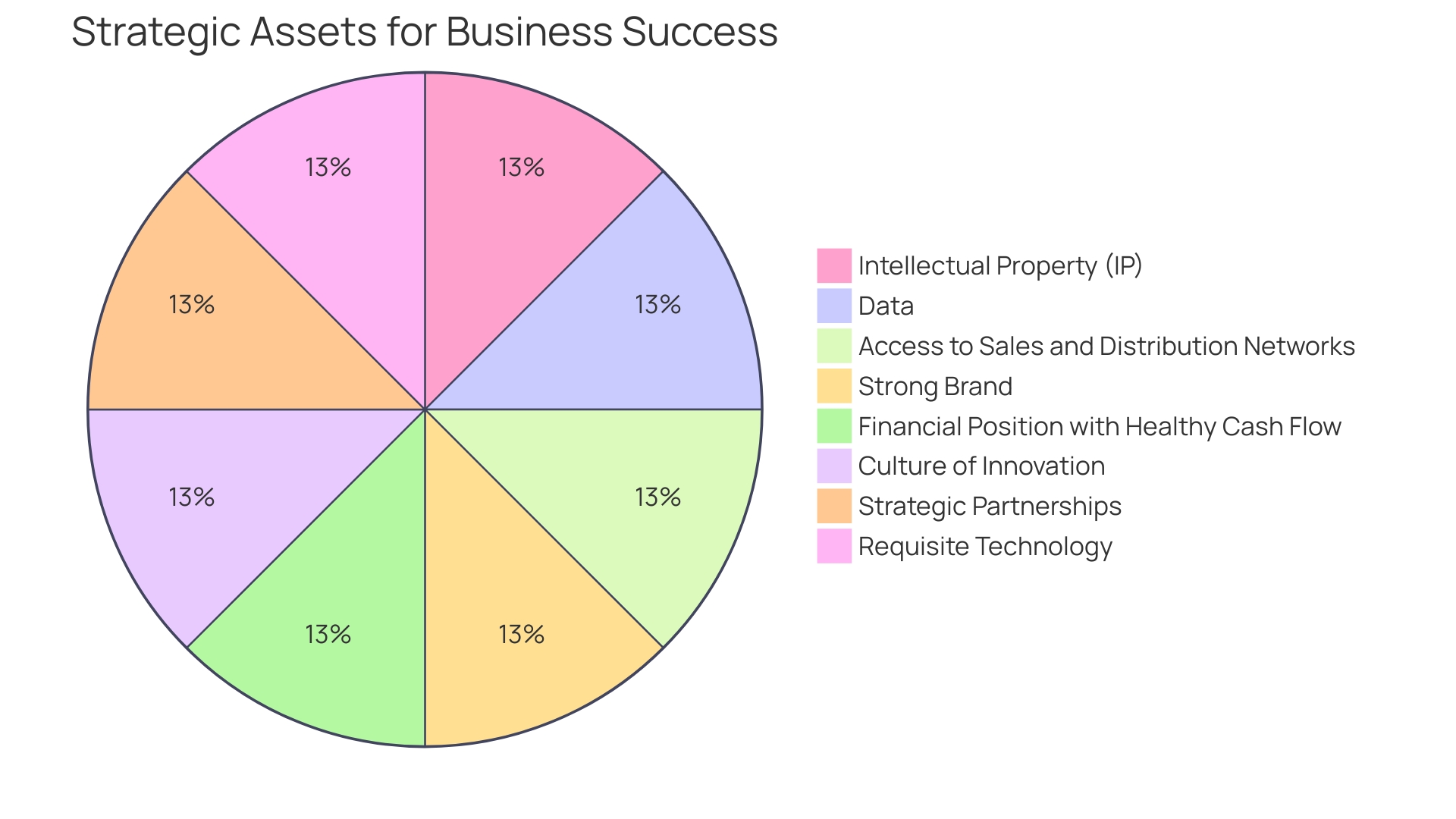
Methods to Identify Business Weaknesses
To effectively pinpoint an organization's weaknesses, it's essential to adopt strategies that are both reflective and forward-looking. An approach grounded in four guiding principles proves instrumental: paying attention to weak signals and anomalies, developing a robust process for assessing change opportunities, and fostering an environment that values the input of team members and customers.
Weak signals often come from the periphery—emerging markets, unconventional consumer segments, or innovative business models—and could indicate the rise of disruptive forces. For example, unexplained fluctuations in financial performance might suggest the emergence of new revenue models. It's these indicators that require closer scrutiny, as they can uncover potential weaknesses and areas ripe for improvement.
A structured listening process to the voices of employees and customers is equally critical. This process must not only capture and analyze signals for change but also ensure the organization is ready to act on them. Strong communication channels support the successful execution of adjustments or pivots.
The assumption that mergers or acquisitions automatically create value is a common oversight. Without a meticulous process to evaluate, decide, and execute these complex actions, the anticipated synergies may never materialize. It's not just about strength in numbers; it's about the strategic integration of complementary business models and technologies.
Additionally, questioning techniques play a crucial role. By shifting emphasis on different words in a simple question, various aspects of the business are illuminated, prompting deeper analysis. This can reveal whether the steps, techniques, or strategies currently employed are conducive to income generation, whether the business's efforts are indeed translating into revenue, and how each team member's contribution is impacting the financial bottom line.
Moreover, as Mark Cuban suggests, developing sales skills and preparing thoroughly for your business area can be transformative. Cuban emphasizes that understanding your industry, competition, products, profitability, customer base, and demographics is essential for success.
Finally, it's important to recognize the limitations of survey response rates as a measure of representativeness. While these rates can provide insights into survey processes, they're not always indicative of nonresponse bias. As Statistics Canada highlights, the success of statistical systems relies on the cooperation of citizens, businesses, and institutions, ensuring the production of accurate and timely data.
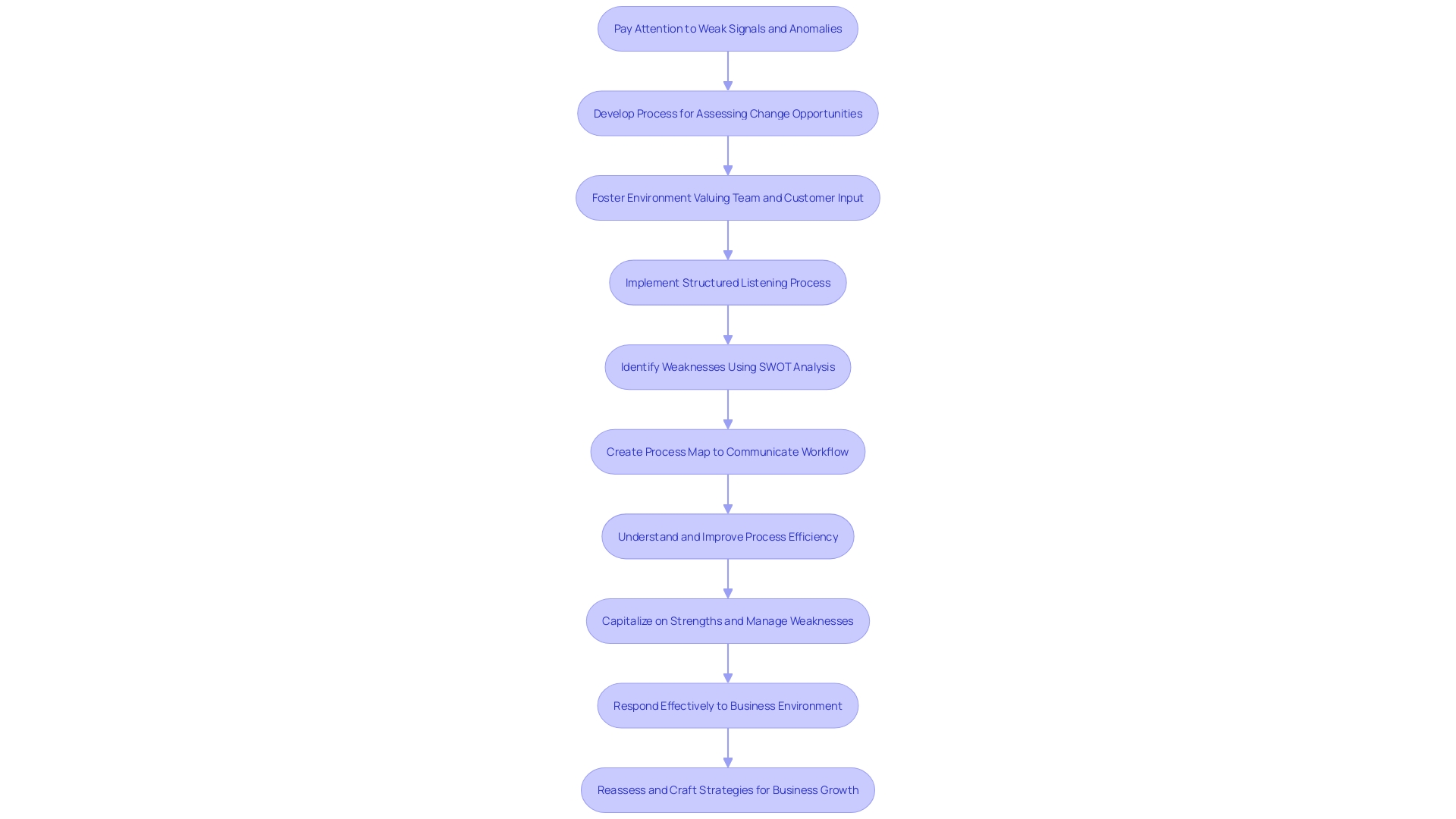
Conduct a SWOT Analysis
The SWOT analysis stands as a cornerstone in strategic planning, providing a clear framework to evaluate the dynamics of a business environment. By dissecting an organization’s strengths, weaknesses, opportunities, and threats, it offers a comprehensive review of internal competencies and external market conditions. A strength may be a company’s innovative technology or robust financial health, which differentiates it from competitors.
Weaknesses, on the other hand, might include operational inefficiencies that impede progress. Opportunities are external chances for growth, such as an emerging market trend that a company can capitalize on. Threats encompass external risks, like new regulations or competitive pressures, which require strategic management.
Engaging in SWOT analysis allows companies to develop strategies that leverage their unique advantages, mitigate their shortcomings, and navigate the competitive landscape with informed agility. Regularly updating this analysis ensures that strategies remain relevant, empowering businesses to maintain a competitive edge and adapt swiftly to new challenges or changes in the market.
Review Work Processes
Uncovering process inefficiencies is a pivotal step in bolstering business operations. A cogent example of this is Doctor, a cybersecurity firm, which transitioned documentation from its Support Team to a dedicated owner, streamlining the creation of release notes and reducing overtime. Similarly, process mapping serves as an indispensable tool to visualize and refine workflows.
It succinctly conveys complex procedures, such as those at OODA, where a team of international experts employs advanced intelligence and strategic planning to manage risk and improve decision-making.
Moreover, effective task management cannot be overstated. As illustrated by ClickUp tasks, clear delineation of responsibilities prevents tasks from slipping through the cracks, thereby safeguarding the integrity of organizational processes and projects. This principle is echoed in recent shifts within companies to enhance review processes, shifting from rebranded feedback initiatives like "feedforward" or "perspectives" at Microsoft, to foster transparency and productivity.
The pursuit of operational agility and innovation is also essential. Reflecting on changes in market dynamics and customer preferences helps gauge a business's adaptability. A thorough financial performance analysis, examining revenue growth and cost management, informs future financial strategies.
To contextualize the importance of these strategies, consider the findings of a study that surveyed 622 software developers. It highlighted the significance of prioritizing factors that correlate with productivity, such as tool quality and meeting management, underscoring the need for continuous process review and improvement to drive business success.
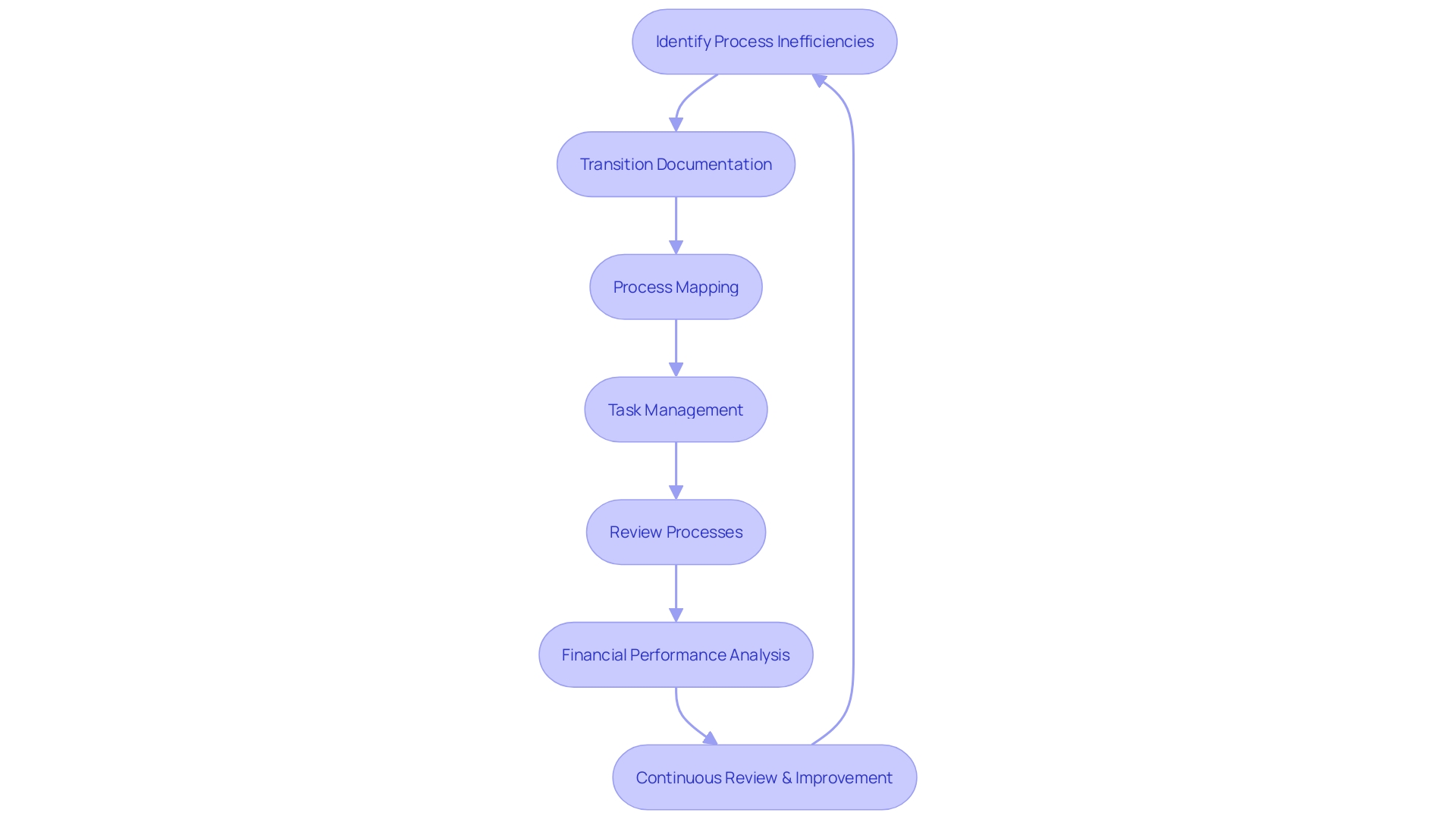
Consult with Stakeholders
Soliciting feedback from stakeholders—notably employees, customers, and suppliers—is crucial for illuminating business shortcomings. For instance, Rivian, an electric vehicle manufacturer with a commitment to sustainability, has operations worldwide and acknowledges the importance of stakeholder engagement in achieving net-zero emissions by 2040. Their approach to engaging stakeholders could involve surveys or interviews to pinpoint areas like customer service inefficiencies, communication breakdowns, or outdated technologies that hinder sustainable processes.
Similarly, IBL, with its entrepreneurial culture and global presence, recognizes the need for a balanced innovation portfolio to navigate environmental fluctuations and maintain resilience. Engaging stakeholders is not only about managing risks but also about leveraging their insights for strategic advantages, as highlighted by the rise of social media's influence on business success. Stakeholder analysis and involvement are integral to refining business operations and achieving long-term goals, as echoed by experts who emphasize the importance of understanding and prioritizing stakeholder influence in project management.
Monitor Customer Complaints
Harnessing customer feedback is a strategic approach to pinpointing organizational deficiencies. In-depth analysis of customer interactions, including complaints and reviews, reveals patterns that can highlight areas where service or product quality may fall short. By systematically addressing these issues, businesses can significantly elevate the customer experience.
For instance, consider the case of a customer named Cindy who encountered service hiccups. By engaging with the company's multi-tiered support system, which transitioned smoothly from a website questionnaire to a chatbot, then to live chat, and finally to a phone conversation, her concern was resolved without the need to repeat her issue at each stage. This exemplifies an effective Omni-channel customer support model that ensures continuity and efficiency.
Moreover, industry leaders like Holiday Extras have demonstrated the value of empowering employees with the tools to scale up customer service across multiple languages and regions. The company's data-driven approach, which extends to traditionally qualitative departments like design, underscores the importance of embracing a metrics-focused culture to amplify impact.
These real-world examples highlight the necessity for businesses to actively solicit and scrutinize customer feedback. Utilizing surveys, questionnaires, and direct interviews, coupled with sophisticated tools for analytics and user session recordings, provides invaluable insights into customer sentiment. Such proactive measures are essential, as a great customer service experience is not just perceived value—it is substantiated by customer testimony and directly correlates to a company's reputation and financial success, as stated by industry experts.
Recent statistics affirm the tangible benefits of exceptional customer service, with consumer satisfaction in healthcare customer service rising to 65%, and financial institutions experiencing a surge to 72% customer satisfaction. These figures speak volumes about the integral role of customer service in ensuring customer loyalty and trust in technology, especially in managing high demand scenarios.
In summary, customer complaints are a goldmine of actionable data that, when leveraged appropriately, can lead to substantial improvements in service and product offerings. By understanding and rectifying the root causes of customer dissatisfaction, businesses can foster enduring loyalty and drive growth.
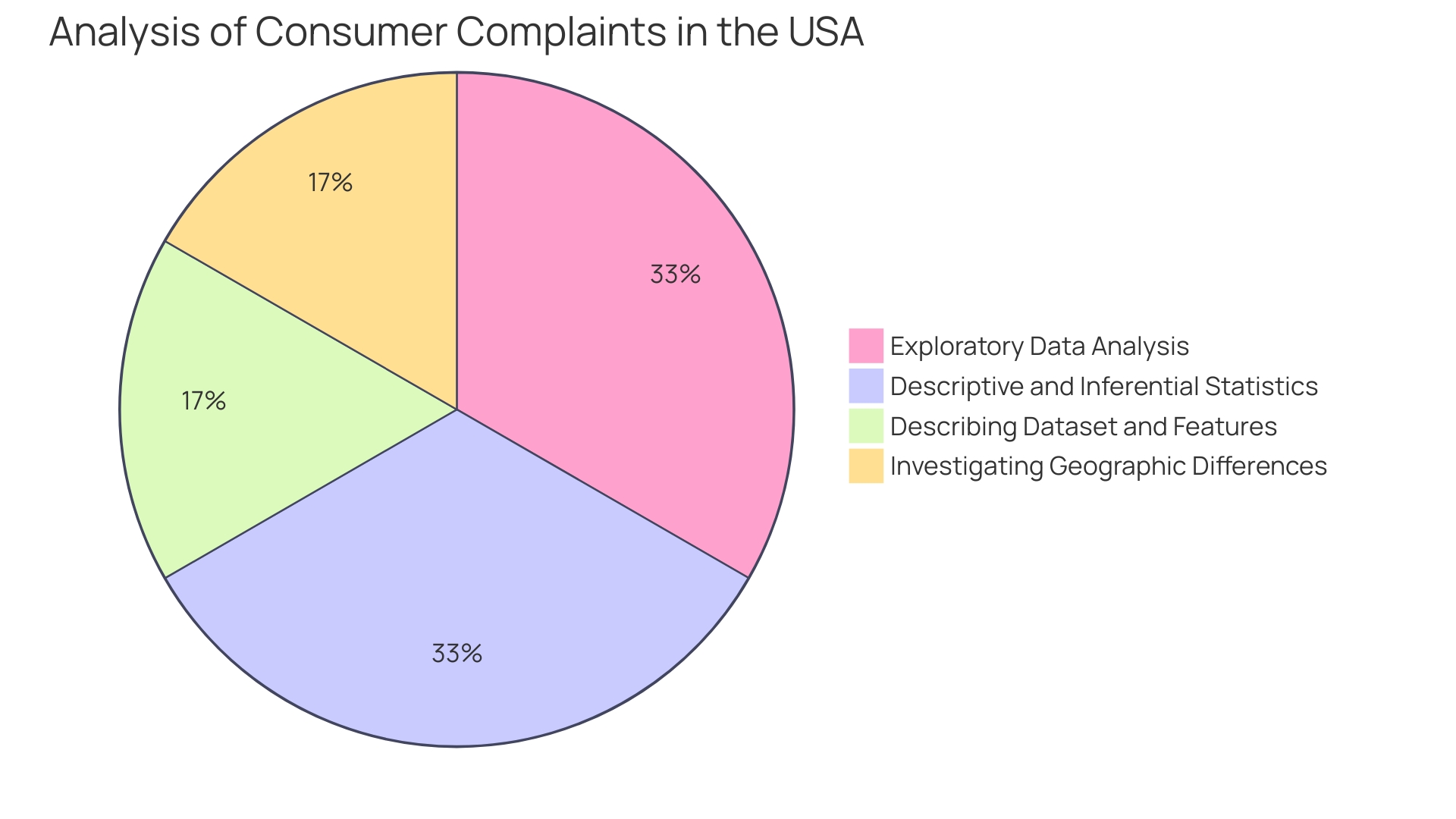
Benchmark Against Competitors
To maintain competitiveness and drive growth, businesses must continuously measure their performance against industry benchmarks. Product benchmarking, which involves comparing key metrics such as market share and customer satisfaction against those of competitors, is essential. This process not only reveals areas of underperformance but also provides a clear direction for improvement.
For example, a hotel company found success by first establishing foundational tools like Google Analytics and then optimizing their advertising strategies, resulting in increased bookings. Similarly, Chess.com's commitment to its niche has allowed it to become the premier platform for chess enthusiasts, underpinned by a robust IT infrastructure that caters to a diverse, global community.
In the realm of product management, understanding consumer demographics and preferences is pivotal. By asking critical questions about market demand and size, businesses can gauge the potential success of their products or services. Companies that adapt quickly, learning from each iteration, are more likely to find opportunities that incumbents miss.
As highlighted by the World Business Council for Sustainable Development, aligning strategy, performance, and incentives is fundamental to executing successful business strategies. Moreover, regulatory bodies are recognizing the need to minimize administrative burdens, particularly for SMEs, ensuring that benchmarks remain a helpful tool rather than a hindrance. In this dynamic environment, CFOs must navigate through extensive market research, regulatory changes, and strategic analysis to determine the most valuable investments for their organizations.
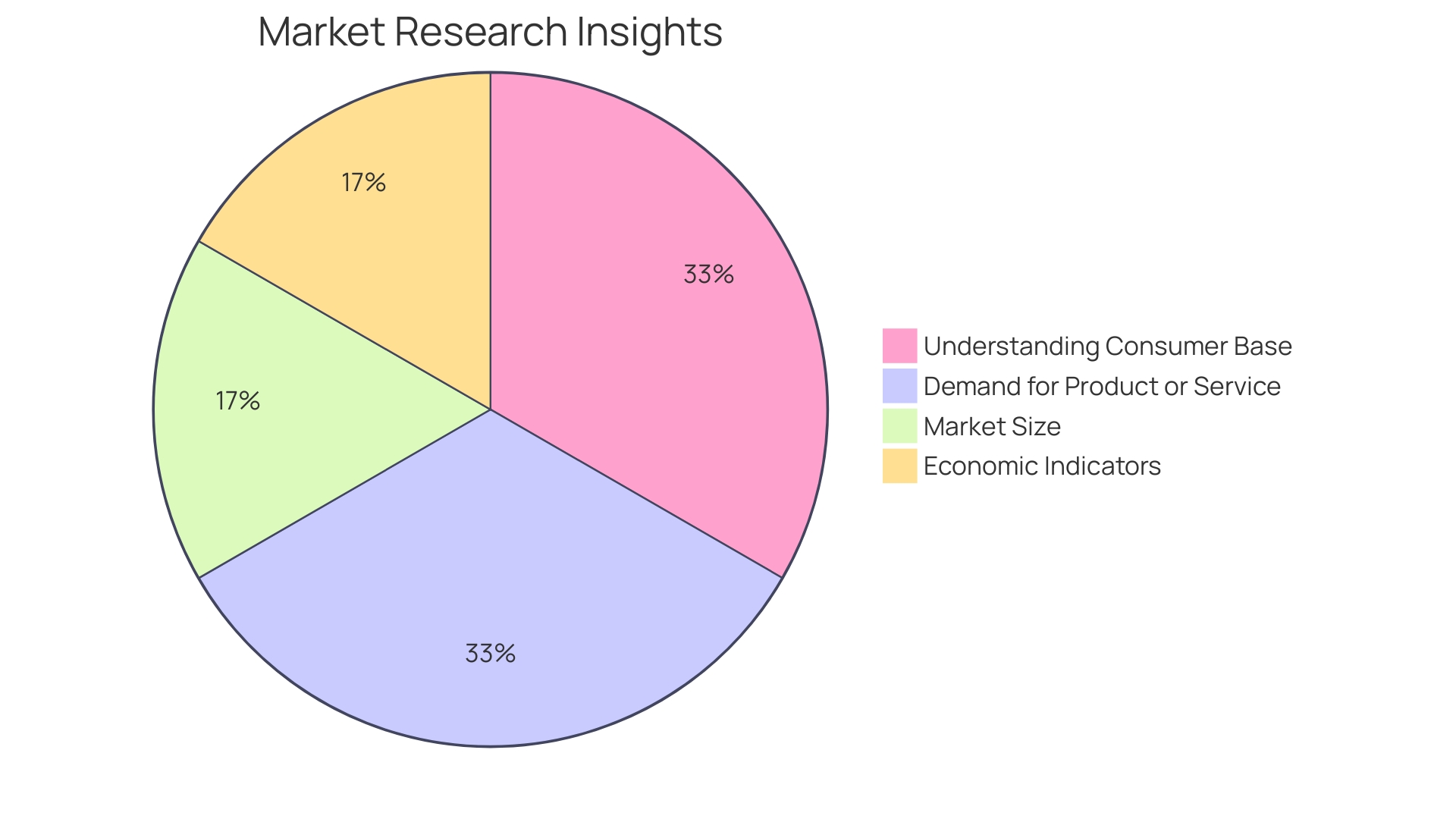
Common Examples of Business Weaknesses
Recognizing business weaknesses is a critical step in safeguarding the resilience and prosperity of an organization. A common pitfall for many businesses is neglecting market research, which is fundamental in confirming product or service demand, identifying target markets, and understanding the competitive landscape. As noted by marketing expert Islam Gouda, market research is not just about the promotion of existing products or services; it's also about their creation and connecting with customers on their level, taking into account their desires and needs.
Another frequent challenge for businesses is the accumulation of technical debt. This occurs when companies opt to postpone necessary upgrades or fixes to their systems, leading to a fragile infrastructure that can fail unexpectedly. Such avoidance, metaphorically referred to as 'kicking the can,' can have serious repercussions for a company's operational stability and future growth.
Moreover, business leaders should focus on developing robust sales skills, as these are essential not just in direct selling, but also in convincing stakeholders of the logic and benefits of various decisions. The ability to articulate a clear business case for any new opportunity or problem is crucial. According to business literature, making a sound business case involves more than just stating the issue—it requires demonstrating how addressing the problem will either save money or make money, thereby creating value for the organization and its customers.
In the context of strategic decision-making, the importance of an organized process cannot be overstated. Whether considering a merger, acquisition, or a pivot in business strategy, leaders must engage in a methodical approach to listening, understanding, and analyzing change opportunities. This process is essential for the successful execution of adjustments and pivots, as poorly executed integrations often fail to deliver the anticipated synergies.
Finally, business analytics and business intelligence play a pivotal role in effective decision-making. By methodically exploring an organization's data and applying statistical analysis, businesses can gain profound insights into their operations, market, and customer behaviors. This deep business understanding is key to grasping industry intricacies and the competitive forces at play, thereby empowering organizations to make informed strategic choices.
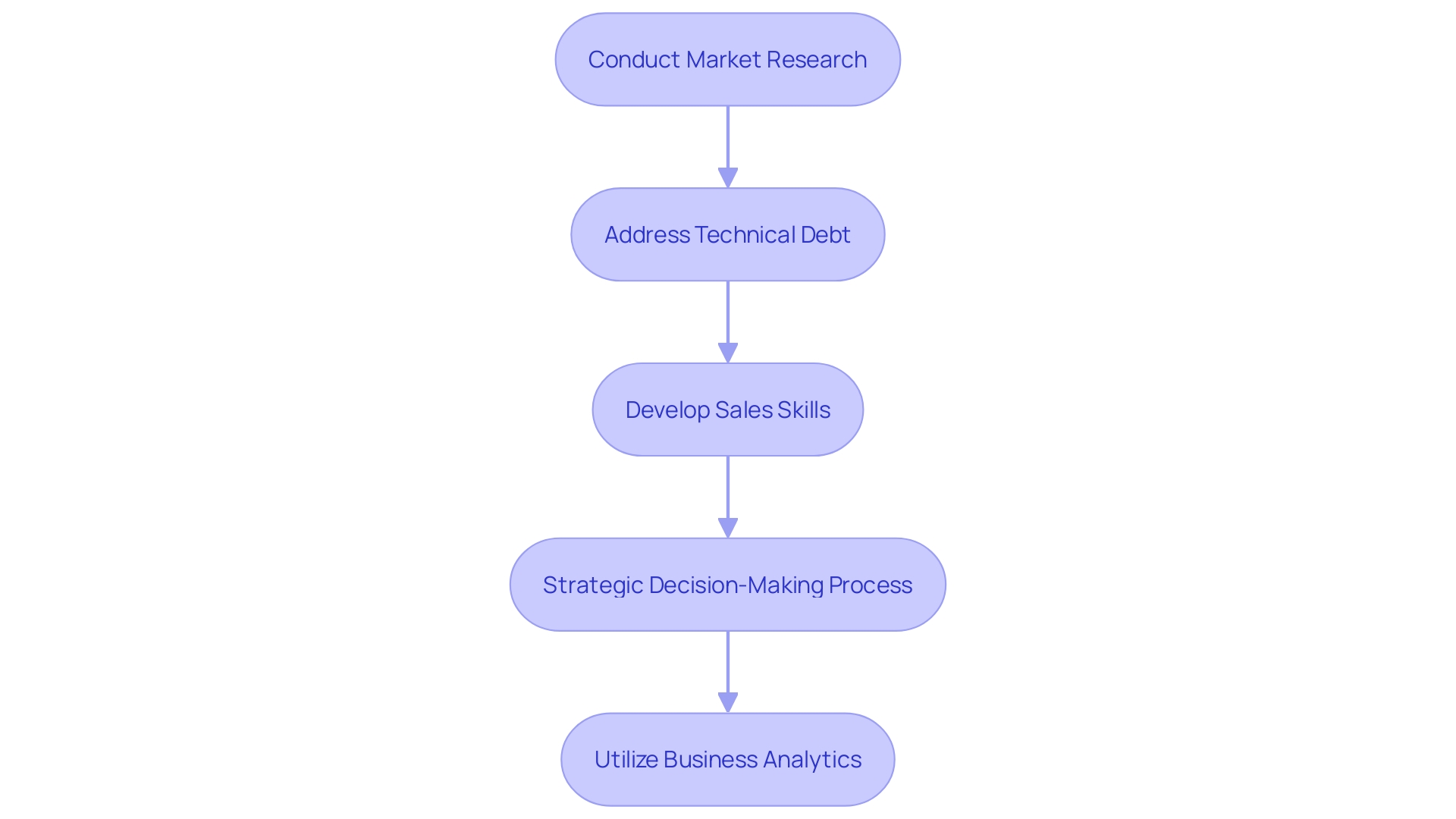
Improvement Strategies for Business Weaknesses
Implementing effective strategies to turn business weaknesses into strengths is crucial for any organization that aims to thrive in a competitive environment. For instance, AT&T's historical legacy and regulatory environment led to cumbersome processes that persisted largely unchallenged. However, by actively listening to employee feedback, AT&T recognized that eliminating entrenched bureaucracies was essential for innovation and progress.
Similarly, Singapore General Hospital (SGH) revisited the application of its surgical safety checklist to enhance its efficacy, not by adding more layers but by optimizing its use for better communication and safety outcomes.
Organizations can emulate these examples by adopting a structured approach to problem-solving and improvement. It is important to start by clearly defining the issues at hand, which allows for a focused and effective resolution strategy. This can be supported by looking for weak signals and anomalies that may indicate deeper problems or opportunities for change, as suggested by guiding principles in business strategy.
Seemly random information, such as changes in financial performance or feedback from consumer groups, can often unearth potential areas for innovation.
To foster a culture of continuous improvement and avoid pitfalls, organizations should also aim for coherent strategies that align with their overall goals. For example, in mergers or acquisitions, the assumption that combining businesses will automatically create value is often misguided. Without a clear process for integrating and optimizing the combined operations, the anticipated benefits may not materialize.
Moreover, embracing questions that provoke thought and discussion rather than simple yes-or-no answers can reveal critical insights and avoid blind spots. Engaging in dialogue with different parts of the organization can provide valuable perspectives on the effectiveness of outputs and services. As management experts suggest, optimizing the system as a whole rather than its separate pieces leads to better overall performance.
In conclusion, by defining problems accurately, seeking out weak signals, ensuring coherent strategies, and fostering open-ended dialogue, organizations can effectively address their weaknesses and transform them into strengths.
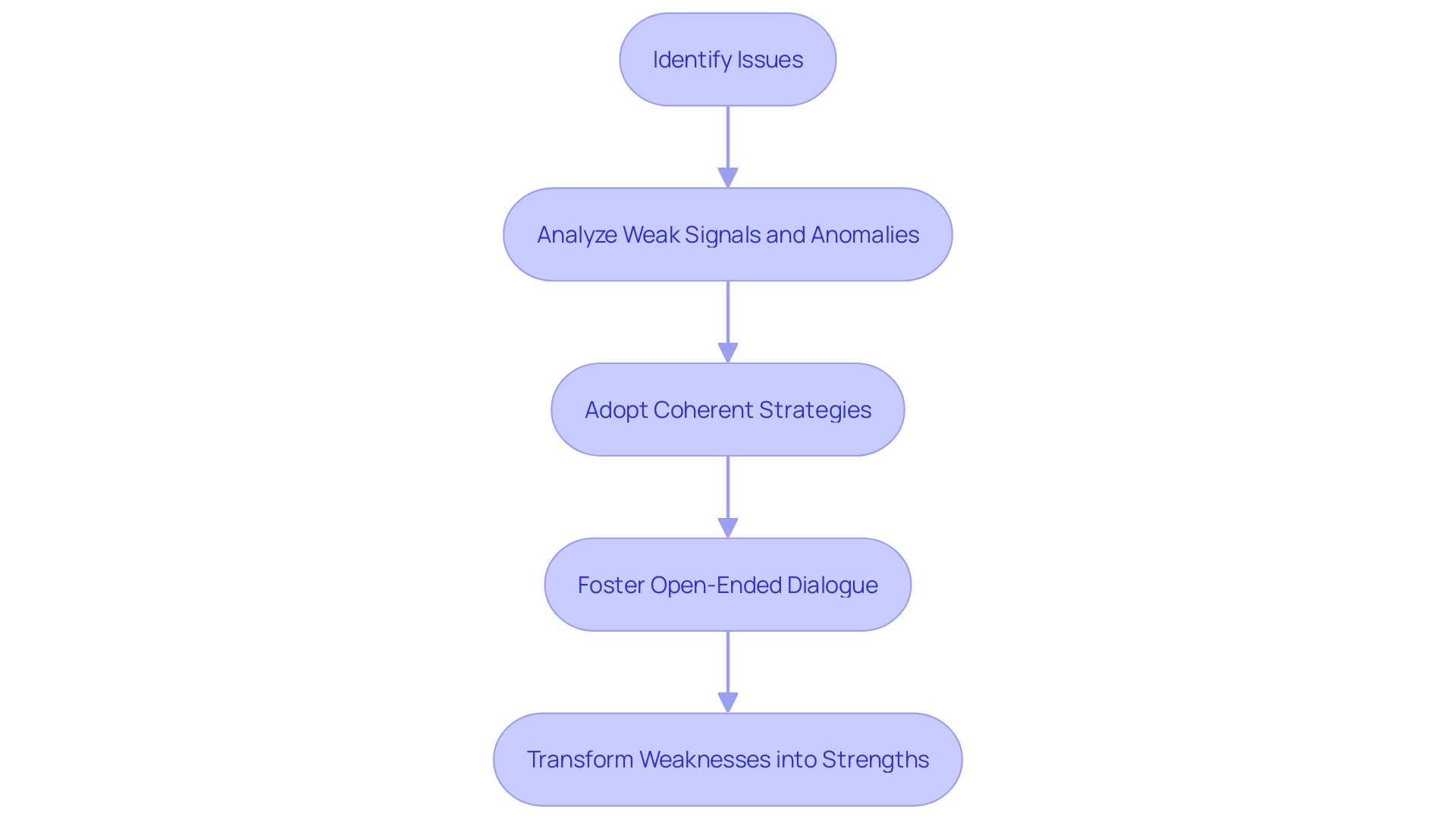
Address Leadership and Culture Issues
Cultivating a vibrant work culture with robust leadership is pivotal in addressing organizational weaknesses. A productive culture enhances employee morale, bridges communication gaps, and fosters innovation. For example, the Process Industry Practices (PIP) consortium, a collective of engineering and construction professionals, leverages its leadership roles and committee structures to promulgate industry standards.
Their approach underscores the significance of structured leadership in driving standardization and efficiency.
Similarly, an engineering institute's culture, as highlighted by Stan Klimoff in 2023, thrives on values such as openness, motivation, and creativity. The institute's evolutionary journey from a small training center to a national institution exemplifies how a nurturing environment can catalyze growth and adaptation to changing dynamics.
Moreover, the case of IBL, active in various industries and countries, demonstrates the role of entrepreneurial spirit and innovation in organizational culture. Their strategy to diversify their innovation portfolio in response to external challenges, including the pandemic, illustrates the adaptability of a strong work culture.
To further underscore the importance of leadership decisions, consider the tragic incident at a recycling plant where a series of poor choices led to a deadly explosion. This tragic event serves as a stark reminder that leadership decisions directly impact outcomes, emphasizing the need for responsible and informed decision-making.
Engagement levels, as reported in 2023, suggest that about 72% of global workers feel engaged with their jobs, with variations across countries and industries. Industries with a higher density of knowledge workers tend to report higher engagement levels. This data reflects the correlation between employee engagement and industry type, and the impact that cultural factors can have on workforce commitment.
In the current climate, effective leadership has become synonymous with adaptability and decisiveness. This is evidenced by the generational transformation leadership is undergoing, as noted in the Organizational Health Index (OHI) research. Leaders are now expected to be both swift in their decision-making and supportive of their teams, a combination that is proving to be a potent predictor of organizational health.
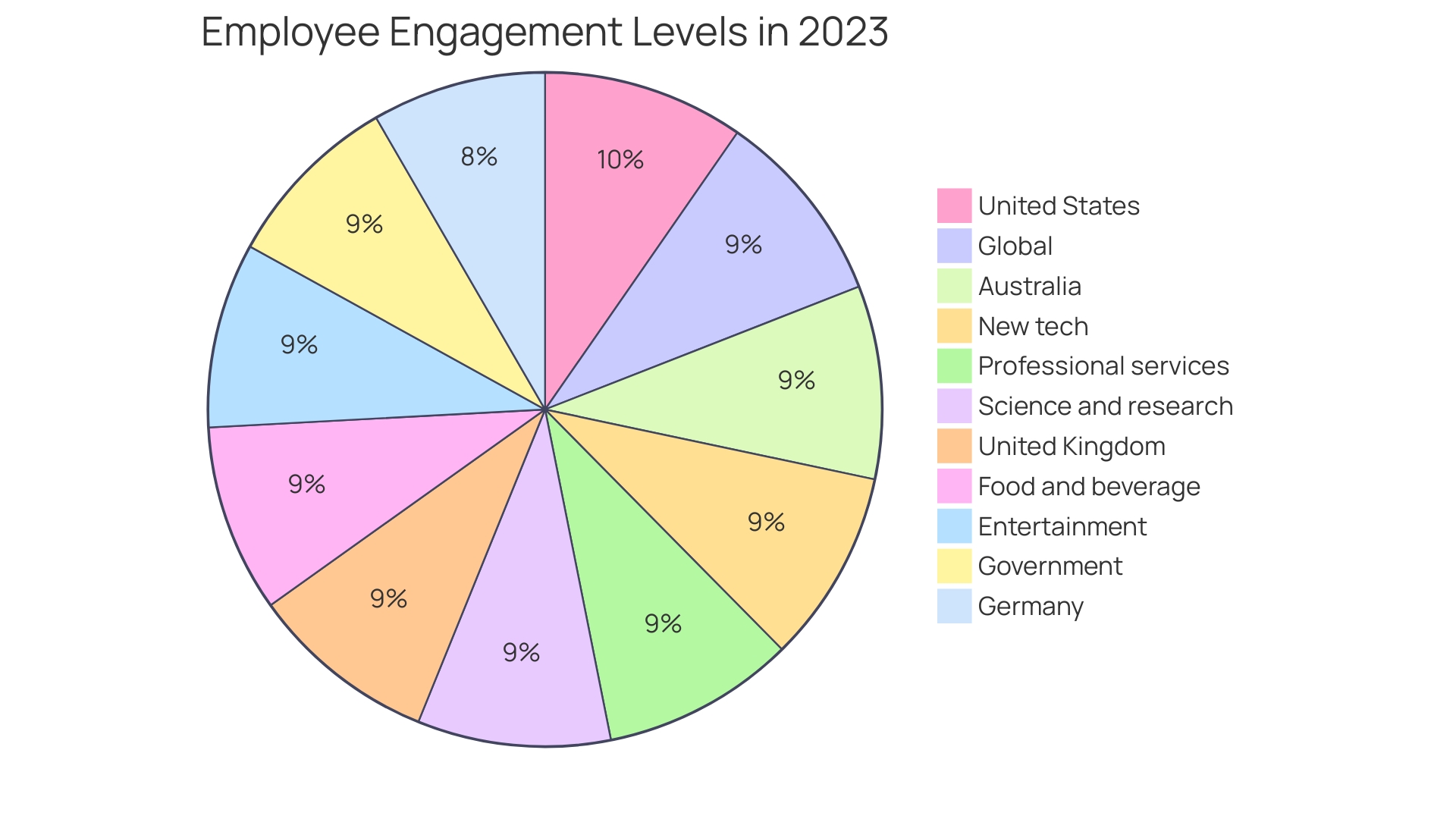
Enhance Operational Efficiency
Optimizing operational efficiency is paramount in addressing business weaknesses. Streamlined processes, reduced redundancies, and well-allocated resources significantly enhance productivity and slash costs. A classic example is Europris, a leading discount goods chain in Norway, which consolidated six warehouses into one automated logistics center, thereby increasing efficiency.
Similarly, implementing a multi-staged approach to operational improvement, such as that utilized by John Dee, with careful analysis and tailored design, can lead to substantial progress.
In the face of global challenges, companies like Rivian, an electric vehicle manufacturer, aim for net-zero emissions by 2040, underscoring the importance of sustainable and efficient processes. They strive for sustainable raw material supply and minimal waste across all operations.
Moreover, understanding key customers and applying lean principles to eliminate non-value-added activities can better align operations with customer demands. Communication, too, should be continually refined to streamline operations. With over 60% of corporations planning to adopt advanced inventory and network optimization tools, the drive for operational efficiency is clear.
These optimizations can yield up to 15% lower supply chain costs, reduced inventory holdings, and significantly faster cash-to-cash cycles.
The important role of data in operational efficiency cannot be overstated. As the sourcing of accurate datasets can lead to competitive advantages, the comprehensive management of data procurement and vendor relationships is essential.
Lastly, staying informed with the latest supply chain trends and leveraging digital solutions, as advocated by logistics giant Maersk, can keep your operations at the forefront of efficiency. Arm Holdings' return to the stock market and the potential downstream effects on the tech industry's supply chain highlight the interconnectedness of operational efficiency and broader market movements.
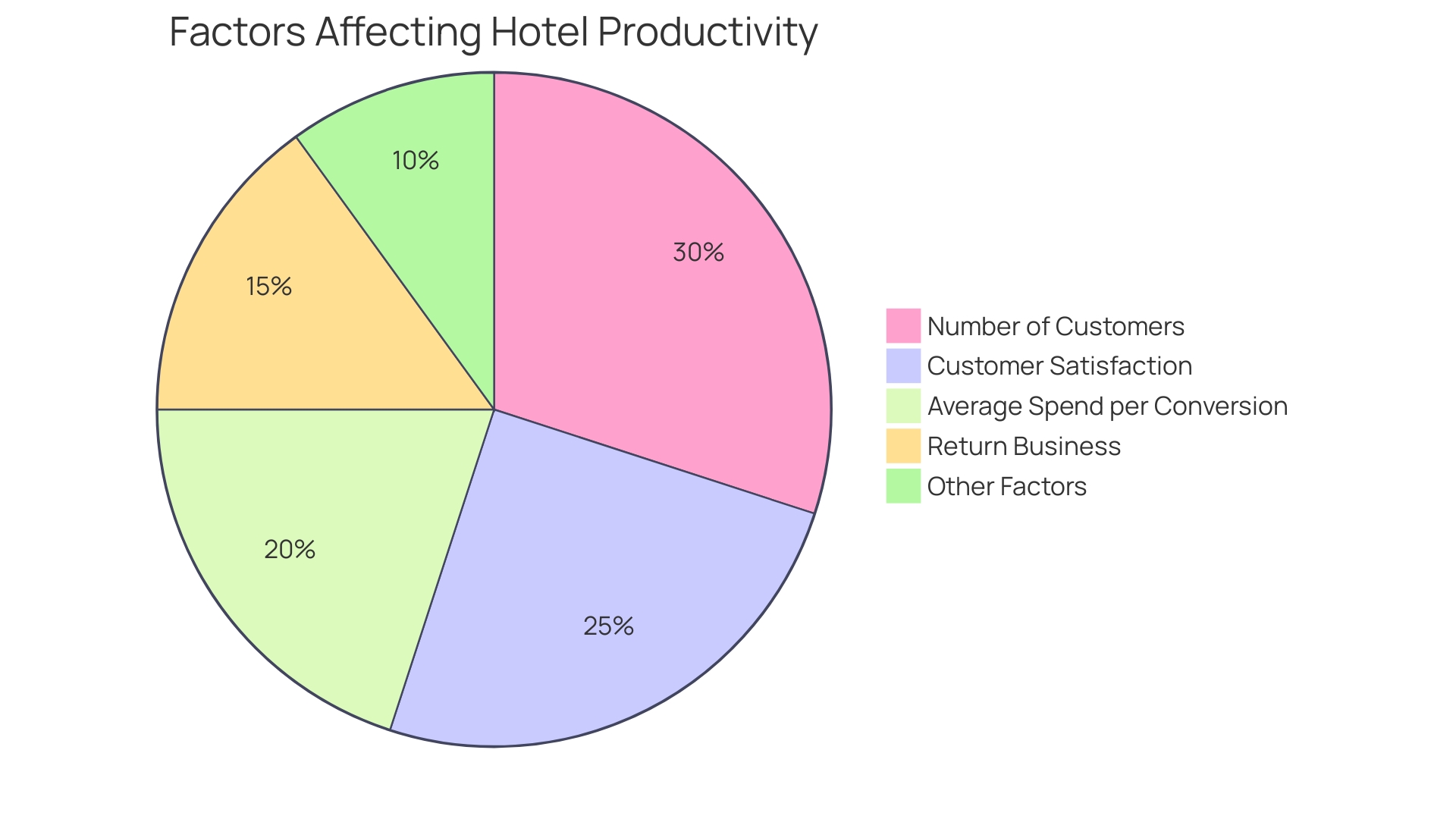
Improve Customer Service
Elevating customer service is paramount for ensuring customer satisfaction and retaining their loyalty. One actionable strategy is the implementation of robust training programs that empower employees with the skills and knowledge to meet customer needs effectively. Additionally, introducing feedback mechanisms can offer valuable insights into customer preferences and pain points, enabling organizations to adapt and enhance their service quality.
Embracing technology, such as utilizing intelligent chatbots for efficient issue resolution, can significantly improve the customer interaction experience.
To illustrate, consider the scenario where a customer receives an incorrect order; their initial frustration can be transformed into a positive experience through prompt and fair resolution. This is where the concept of the Service Recovery Paradox comes into play, demonstrating that a customer's satisfaction can actually increase following an effectively handled service failure, especially when the resolution aligns with their perception of justice.
It's essential to remember that while product quality and price are fundamental, the ultimate goal remains consistent: to resolve customer inquiries or issues satisfactorily. By doing so, businesses not only meet the basic expectations of their customers but go above and beyond, potentially turning one-time buyers into loyal advocates. As customer care priorities shift towards revenue generation, operational improvements, and technological advancements, the expectation for excellence in customer service has never been greater, directly influencing customer loyalty and business growth.
Optimize Technology and Systems
Recognizing that outdated technology and inefficient systems are often detrimental to business performance, a proactive approach towards technological optimization is crucial. For instance, Travel Charme Hotels & Resorts leveraged technology to enhance their operational efficiency, tailoring their services to create memorable experiences for guests. The Travel Charme Strandhotel exemplifies how modern systems can transform daily operations, providing seamless service despite high demand periods.
Similarly, Rivian, an innovative electric vehicle manufacturer, is committed to sustainability and operational excellence. They continuously seek advanced technological solutions to streamline processes and reduce their environmental footprint, demonstrating a forward-thinking approach to industry challenges.
Moreover, the hospitality industry has faced unique challenges, especially post-pandemic, where the need for experienced staff clashes with a limited workforce. A hotel, known for its storied reputation, combated these issues by updating their ordering systems to eliminate redundant tasks and minimize errors, thereby maintaining their renowned service quality.
As organizations navigate the digital landscape, it is evident that embracing technology such as cloud infrastructure can have a significant impact. Initiatives like Oracle's new public cloud region in Colombia not only bolster the economy but also encourage digital transformation for businesses of all sizes, indicating a global trend towards tech-driven growth.
To keep pace with such advancements, it is essential for companies to conduct thorough technology audits, invest in new software solutions, and harness the power of data analytics. These steps not only sharpen decision-making but also improve overall competitiveness, aligning with the insights provided by industry experts and global economic forums.
In conclusion, as businesses strive for growth and sustainability, integrating cutting-edge technology and systems is not just an option but a necessity to remain competitive and responsive to evolving market demands.
Develop a Strategic Plan
A robust strategic plan is a cornerstone for identifying business weaknesses and leveraging strengths, guiding organizations on a path toward enduring success. Take Stora Enso, for example, a Finnish paper manufacturer with roots dating back to 1288. Faced with declining demand for paper, Stora Enso reinvented itself as a renewable materials company, investing in innovative products like plastic alternatives and sustainable building materials.
This strategic pivot was underpinned by a clear vision that addressed its market weaknesses and capitalized on emerging trends for renewable materials.
Similarly, Levi Strauss & Co. set aggressive 2025 water use targets to tackle water scarcity risks within its supply chain, showcasing a strategic approach to both sustainability and resource management. This demonstrates a proactive stance on environmental, social, and governance (ESG) issues, which are increasingly important to businesses around the world.
When developing a strategic plan, it's vital to integrate various components meticulously. As outlined in strategy development frameworks, the plan should encompass clear objectives that define what you aim to achieve, a visionary yet practical strategy to position your organization for success, ongoing development to allow for process improvements, and detailed planning to ensure timely execution of your strategy.
Furthermore, the alignment of innovation with strategic priorities is essential. Companies must tether each innovation effort to the organization's growth goals and core competencies, ensuring that every step from inception to scale contributes to the bottom line. By focusing on strategic priorities and unique advantages, established firms can deliver impactful innovations that augment their strengths and propel them forward.
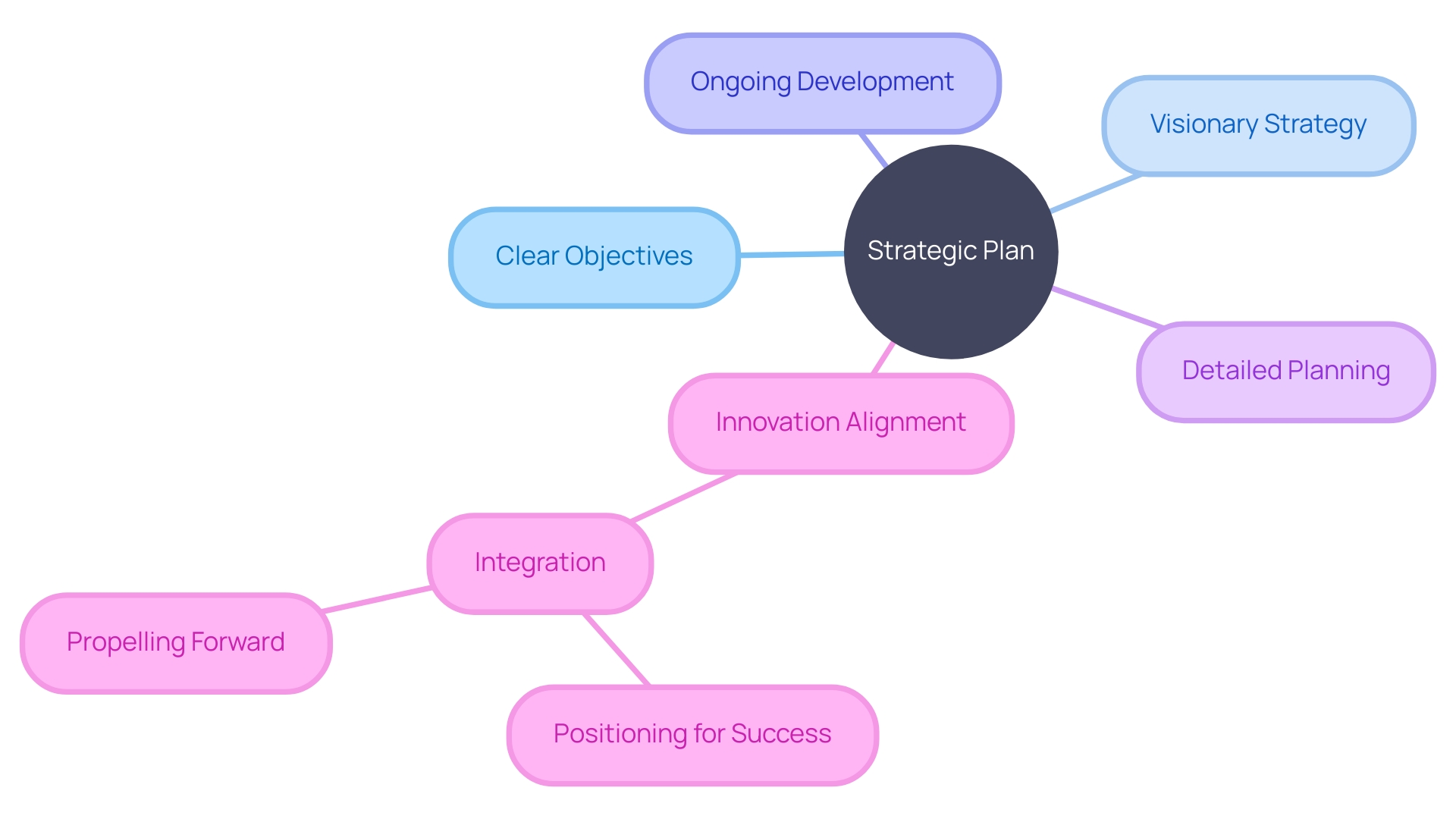
Implementing Changes and Monitoring Progress
To fortify a business against its weaknesses and bolster its strengths, a systematic approach to implementing changes and monitoring progress is crucial. Take M&T Bank, for example, which faced the challenge of integrating Clean Code standards across its operations amidst the digital transformation of the banking industry. With the need for high-quality, compliant software code to ensure seamless operations, the bank set out to establish stringent guidelines for its development team, underscoring the importance of continuous improvement and adherence to quality standards.
Similarly, a performance improvement plan (PIP) serves as a structured framework to enhance employee work performance, aligning with the company’s culture and goals. Performance issues might trigger a PIP, such as errors in tasks, unprofessional behavior, or poor time management. By setting clear, measurable success criteria, companies can precisely track progress and make necessary adjustments, much like how Travel Charme Hotels & Resorts leveraged technology to streamline operations, ensuring a consistent and pleasant guest experience.
The importance of change management cannot be overstated, with a survey by analyst Bryan Solis revealing that over half of businesses identify market competition and growth opportunities as catalysts for change. A people-centric mindset is essential during transformation to address the human factors that often determine the outcome of such efforts. Effective communication plans, regular performance tracking, and responsiveness to feedback are key components of successful change management.
This multi-faceted approach ensures that organizations do not just initiate changes but sustain improvements over time, much like the top-performing companies mentioned in the research, which achieve a significant performance premium by integrating management practices and investment decisions into a dynamic system.
In essence, overcoming business weaknesses and reinforcing strengths demands a comprehensive strategy that incorporates deliberate practice, feedback, and a commitment to continuous improvement. As management expert Brian Joiner suggests, focusing on optimizing the system as a whole rather than individual pieces will enhance the overall effectiveness of the organization. With the proper framework and a commitment to deliberate practice, businesses can navigate the changing landscape, ensuring their longevity and success.
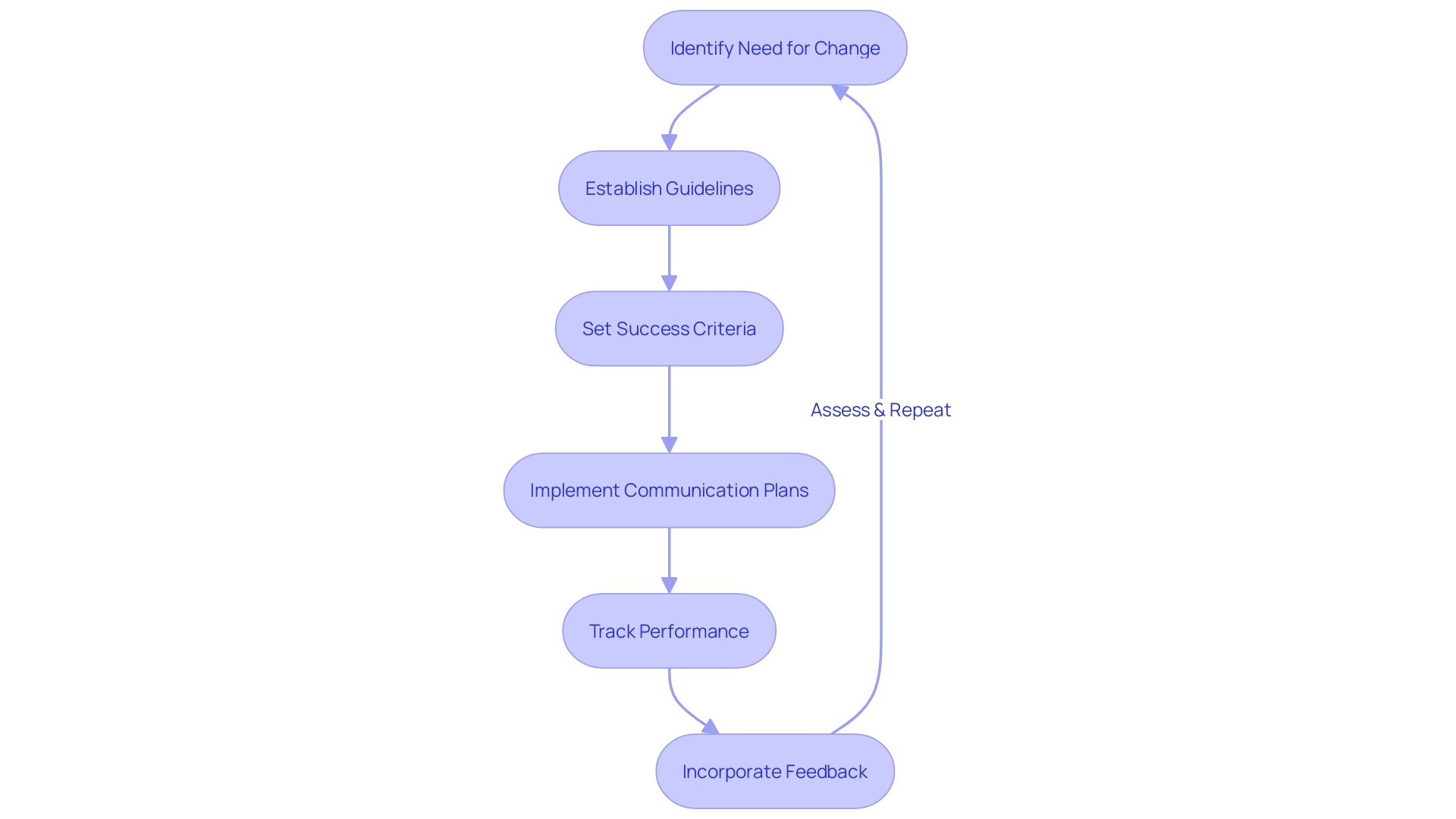
Conclusion
In today's competitive business landscape, identifying and addressing weaknesses is crucial for organizations aiming for longevity and success. By scrutinizing strategic assets, operational efficiency, financial health, and marketing strategies, companies can gain valuable insights into areas that need improvement. Consulting with stakeholders, monitoring customer complaints, benchmarking against competitors, and conducting a SWOT analysis provide further clarity on weaknesses.
To effectively pinpoint weaknesses, adopt reflective and forward-looking strategies. Pay attention to weak signals and anomalies, develop a robust process for change assessment, and foster an environment that values input from team members and customers. Conduct a SWOT analysis to leverage strengths and mitigate weaknesses.
Uncover process inefficiencies through workflow mapping, effective task management, and operational agility. Monitor customer complaints to drive improvements in service and product offerings. Benchmark against competitors to identify areas for improvement.
Cultivate a vibrant work culture with robust leadership to address organizational weaknesses. Optimize operational efficiency by streamlining processes and allocating resources effectively. Elevate customer service through training programs, feedback mechanisms, and technology for issue resolution.
Implement effective strategies to turn weaknesses into strengths, recognizing common business weaknesses and developing robust sales skills.
Ensure technological optimization through modern systems, technology audits, and data analytics. Develop a strategic plan that addresses weaknesses and capitalizes on emerging trends. Implement changes systematically and monitor progress to fortify weaknesses and reinforce strengths.
In conclusion, identifying and addressing weaknesses is crucial for organizations aiming for longevity and success. By adopting reflective and forward-looking strategies, implementing improvement strategies, and monitoring progress, businesses can fortify their weaknesses, leverage their strengths, and thrive amidst market and technological changes.




